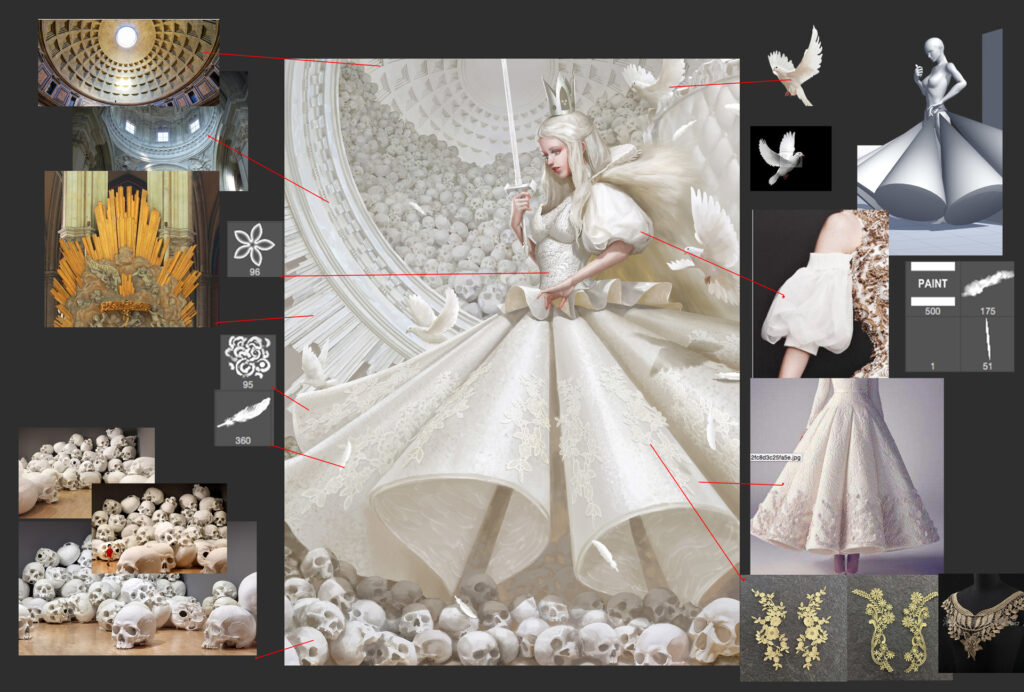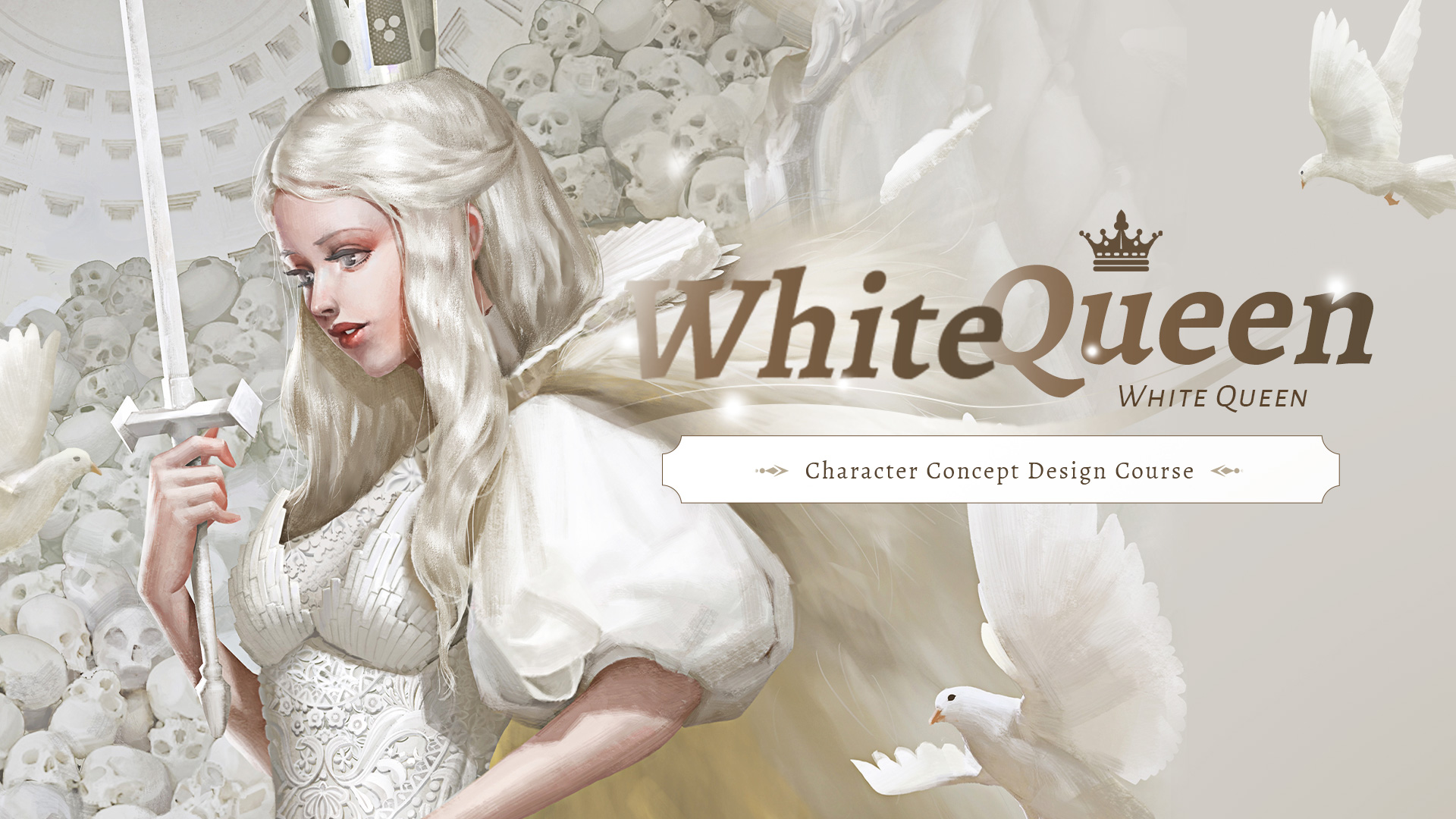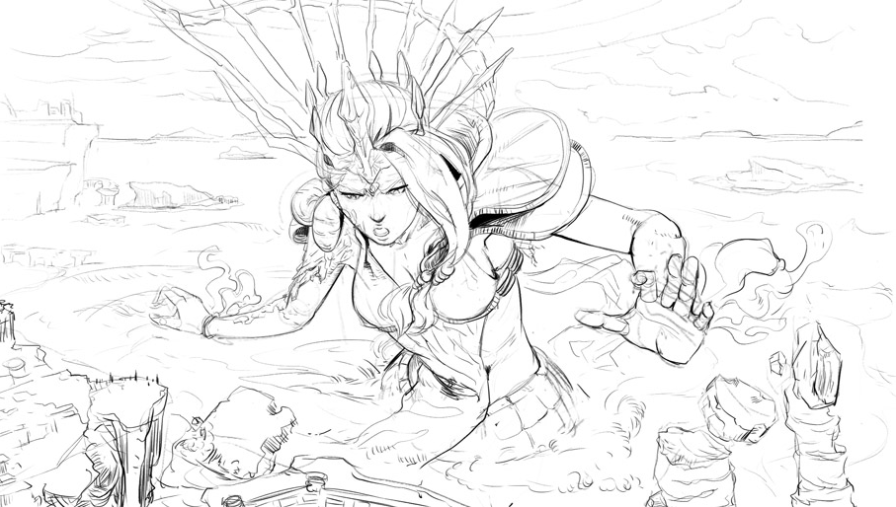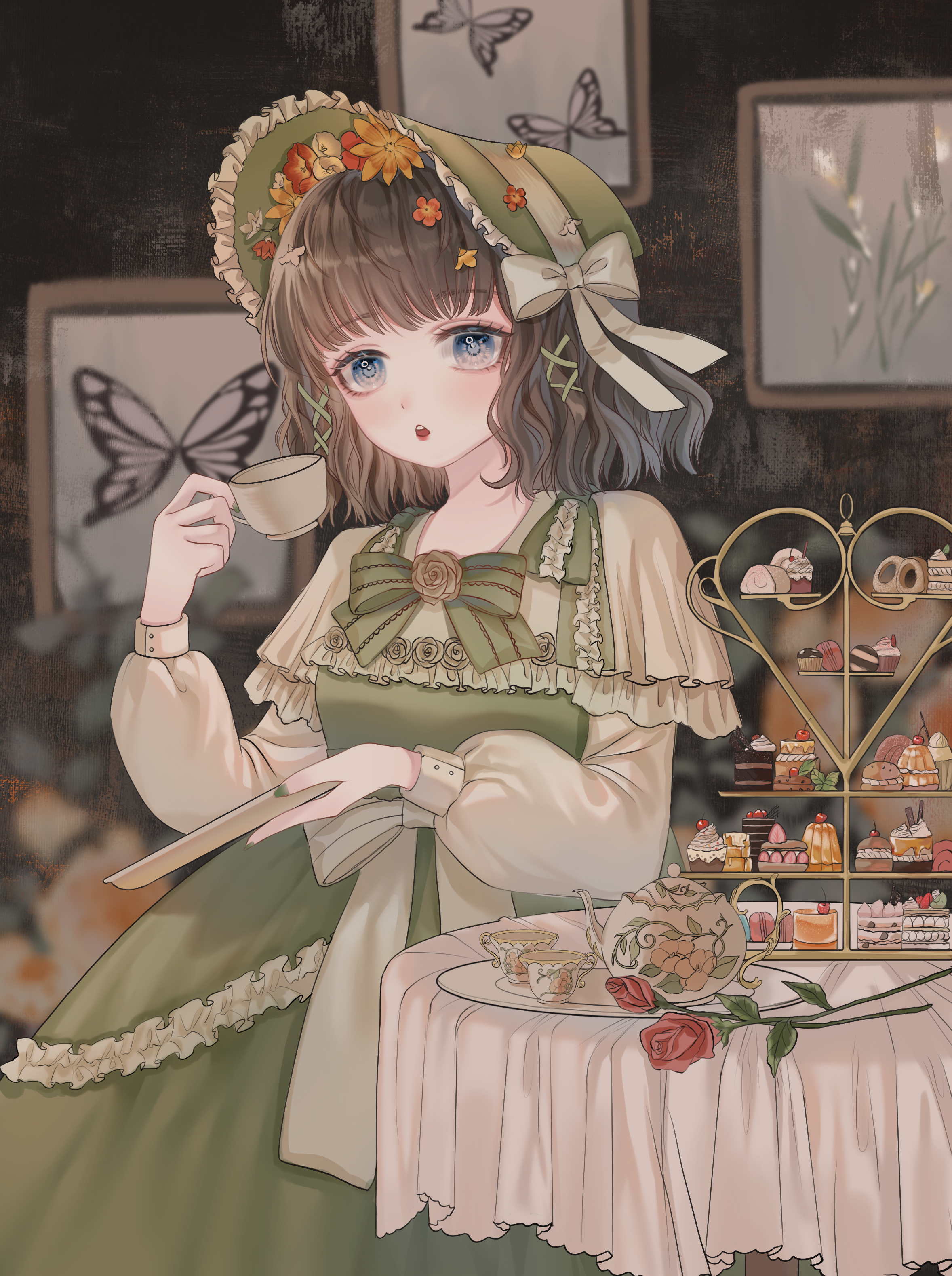Illustration Tips: Tell a Story with Your Illustrations
An illustration, a piece of artwork, is itself created to express the artist’s own inner thoughts and reflections. Sometimes it reflects the reality, sometimes it is mapping the bad phenomenon of the society. In short, a good artwork, one of the most core is to be able to move people’s hearts and resonate with them.
How can you create exciting work? The most important thing is to tell a good story through your illustrations. The next section shows you how to get passionate about character design and construction to create exciting artwork that tells the story of that character.
1. Determine your story
You need to determine what the emotions in your story are. Illustrations are the companion to the story. So while stories usually start with characters, try to think about the story you are telling. What kind of setting will there be, what kind of mood should there be, how expressive the poses will be, etc. Think about the scenarios you want to portray, act them out if you wish, and take some photos for reference to help you understand how people move naturally in various situations. Then sketch them out loosely. This is a great way to warm up your final concept.
2. Create character poses
Know your art subject. If you are going to draw them multiple times throughout the process, such as a picture book, put a few poses on paper for you to use as a reference later when you need to place the character in a specific environment for illustration.
3. Keep sketches loose
A loose sketch is created to capture your design. If you have a specific idea bubbling in your head, it’s easy to go straight to your final sketch, but it’s still a good idea to make some loose sketches first. If the pose and composition are correct, these quick gestures will show up immediately. Therefore, it will be easier to work them out in loose drawings rather than final or detailed sketches. This is also a good time to try out different features for your characters, such as facial features as well as their costume and outfit.
4. Consider illustration motion
Adding motion brings drama and edge to your work. Having a sense of movement in your illustrations helps their eyes move through the composition and explore what is happening. As you plan your work, consider the loose shapes of your characters. How do they interact with the rest of the scene and other characters? How do their poses change? Are their shoulders sloped? Is their back arched? Most importantly, are these themes in harmony with each other?
5. Shape the silhouette
To deal with the form of your subject matter to convey a message to the viewer, consider the subjects of your paintings in silhouette. This helps you understand their shape in the composition, and you can see how you might want to position them in a way that describes the mood and story of the illustration. When drawing your artwork, it is helpful to spend some time practicing the focal points in your work before moving on to the first sketch. This is a good practice even if you are not planning to make a new piece and just want to keep the form.

6. Notice the expression of the character
You should focus on more than just facial features. Your character’s expressions are not limited to their facial features. Expressions can be found in their position and movements as well as in their interactions with the environment and other characters. Exaggerated features such as large eyes and upturned eyebrows can express fear, while slightly drooping eyelids and curved lips can show contentment. Note: Pulling back too far in any direction can cause your character to look cartoonish.
7. Consider gravity
Think about the effect of gravity on your character. Are they placed in their normal environment, or do they float or fall? How do the folds of their clothes or hair change? If there is a strong wind, the character’s hair and clothes will reflect it, and if the air is still, the curtains should hang down. Raggedy characters with flowing hair tend to add drama, so keep the direction of the action in mind if the situation calls for it.
8. Apply colors
You can convey emotion through the expressions of the characters, or through the mood of the piece. A sad illustration might show a character looking down, emphasizing a “low” emotional state, which can be accentuated by using an unsaturated palette. Warmer, more saturated colors present a happier mood, while unsaturated, cooler colors do the opposite. It’s important to understand the basics of color theory, but you can learn which palettes you like best by looking at nature and studying your favorite artists. Rich, vibrant colors such as reds and purples can convey passion and strength, cooler tones can give a sense of calm, even bleakness and sadness, while warmer hues can add a sense of comfort and tranquility.
9. Focus on details
There are not enough characters in the scene to tell their story. This is when details come into play. Small details in costumes or objects in a room or setting will help make the composition more interesting, and it will give the viewer more hints about the story. This article may give you some help: 8 Key Points to Note When Creating Digital Character Illustrations
TIPS
Of course, there are many tips to tell a good story with your illustrations. If you want to design a good story for your illustrations, you can have a composition notebook filled with sketches of different characters and then will write their stories in the margins of the pages. Once you have inspiration, you can collect it, and maybe that day, it will be able to come in handy.
But it’s a pity if you have a good idea, without a good enough technical level to present your work. Wingfox is a great online digital art education platform. There are a variety of great and exciting tutorials for you to learn. We want every student to be able to master the skills needed to create great and impressive work. Come and join the Wingfox family and learn more about the art of drawing.

If you use the promo code: blog10 when you buy, you will get 10% off.
Post a Comment
要发表评论,您必须先登录。















Pingback: Concept Art: Tips for Artists - Wingfox
2022-03-03Pingback: All 3D Artists- Wanna Up Your Game? - Wingfox
2022-03-07Pingback: Illustration Tips: Sketching in Photoshop - Wingfox
2022-03-10